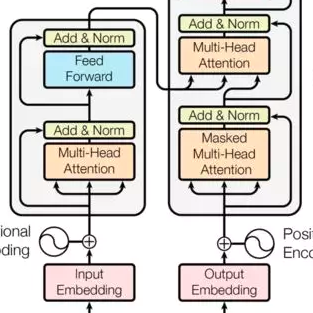In this work, we address the problem of computation time for trajectory generation in quadrotors. Most trajectory generation methods for waypoint navigation of quadrotors, for example minimum snap/jerk and minimum-time, are structured as bi-level optimizations. The first level involves allocating time across all input waypoints and the second step is to minimize the snap/jerk of the trajectory under that time allocation. Such an optimization can be computationally expensive to solve. In our approach we treat trajectory generation as a supervised learning problem between a sequential set of inputs and outputs. We adapt a transformer model to learn the optimal time allocations for a given set of input waypoints, thus making it into a single step optimization. We demonstrate the performance of the transformer model by training it to predict the time allocations for a minimum snap trajectory generator. The trained transformer model is able to predict accurate time allocations with fewer data samples and smaller model size, compared to a feedforward network (FFN), demonstrating that it is able to model the sequential nature of the waypoint navigation problem.
翻译:在这项工作中,我们解决了四旋翼轨迹生成的计算时间问题。对于四旋翼的基于路点的轨迹生成,例如最小次数/最小时间,大多数轨迹生成方法都被构建为双层优化。第一层涉及在所有输入路点之间分配时间,第二个步骤是在该时间分配下最小化轨迹的次数/加速度。这样的最优化问题求解可能会耗费大量计算资源。我们的方法将轨迹生成视为一个监督学习问题,通过学习一个输入序列和输出之间的最佳关系,从而使它成为单步优化。我们采用Transformer模型来学习一组输入路点的最佳时间分配,从而实现单步优化。我们演示了Transformer模型的性能,通过训练其预测最小次数轨迹生成器的时间分配。与前向网络(FFN)相比,经过训练的Transformer模型能够使用更少的数据样本和更小的模型大小预测准确的时间分配,证明Transformer模型能够模拟路点导航问题的顺序特性。


